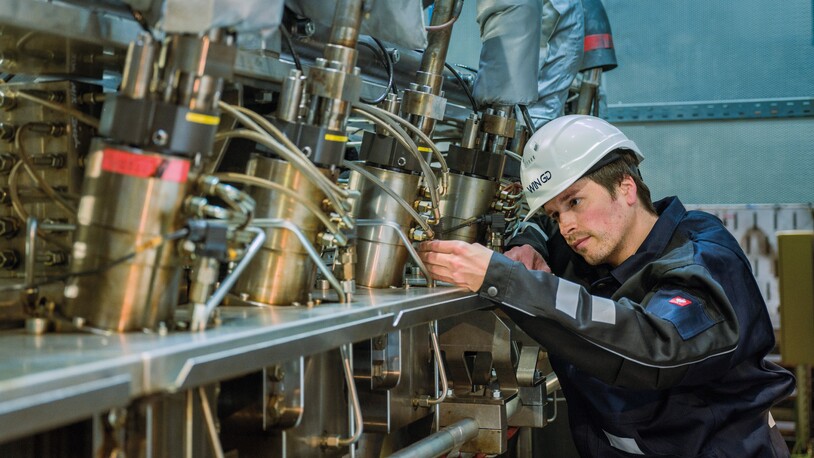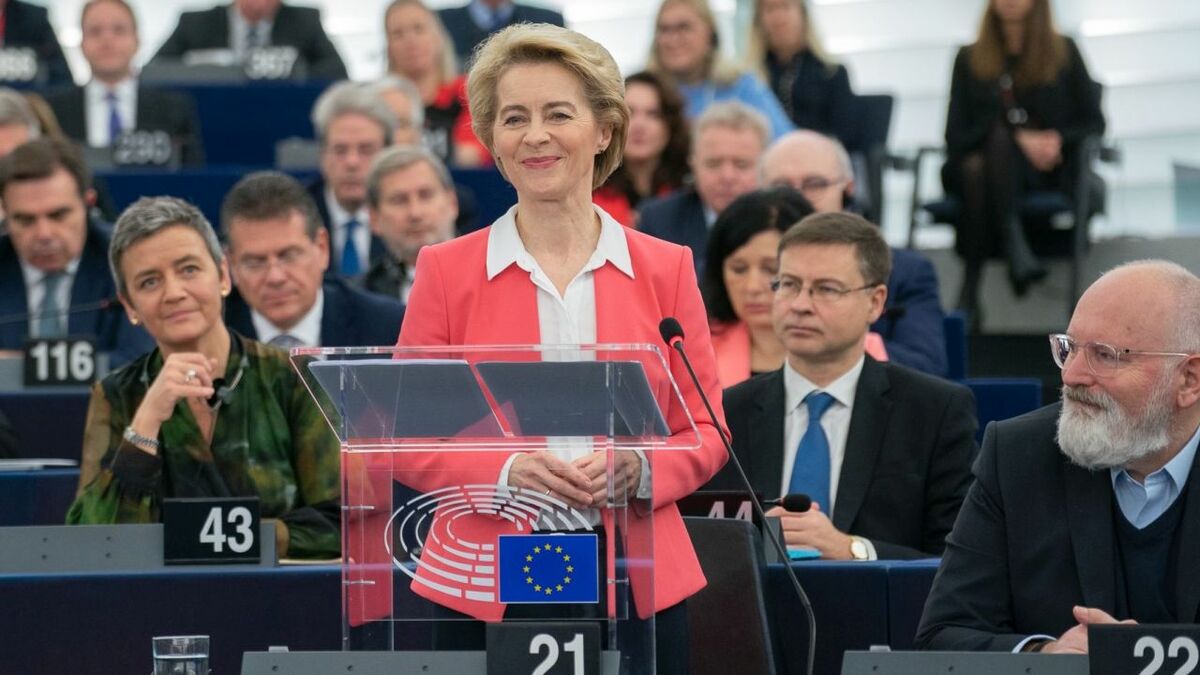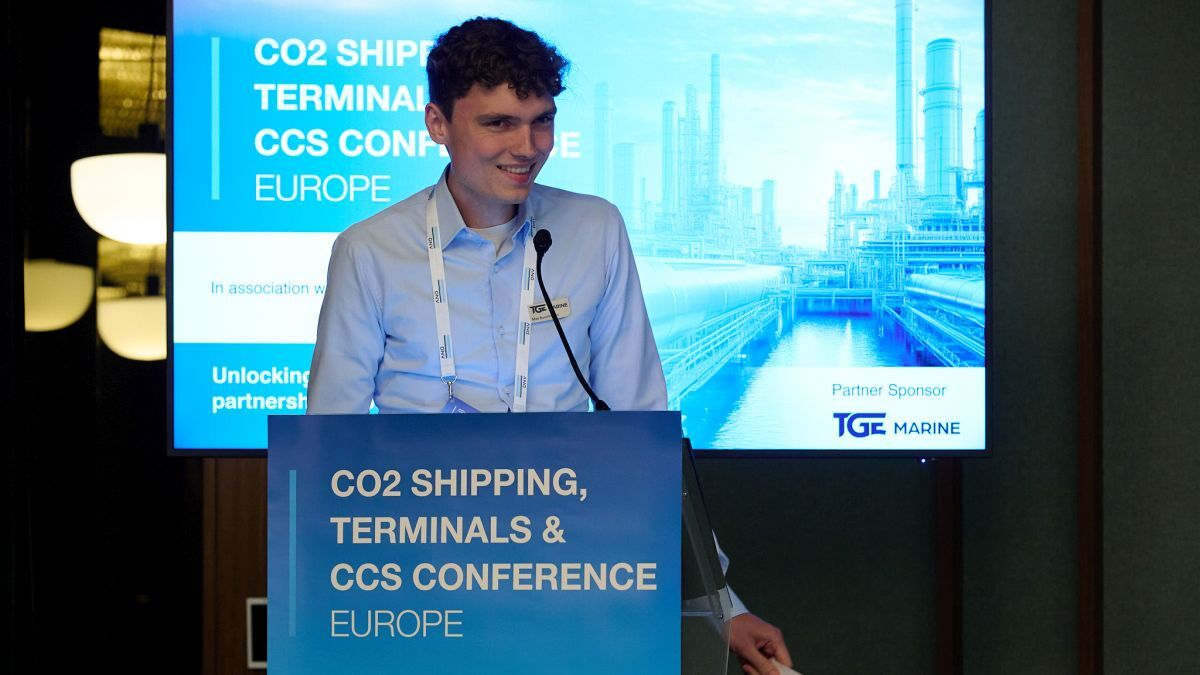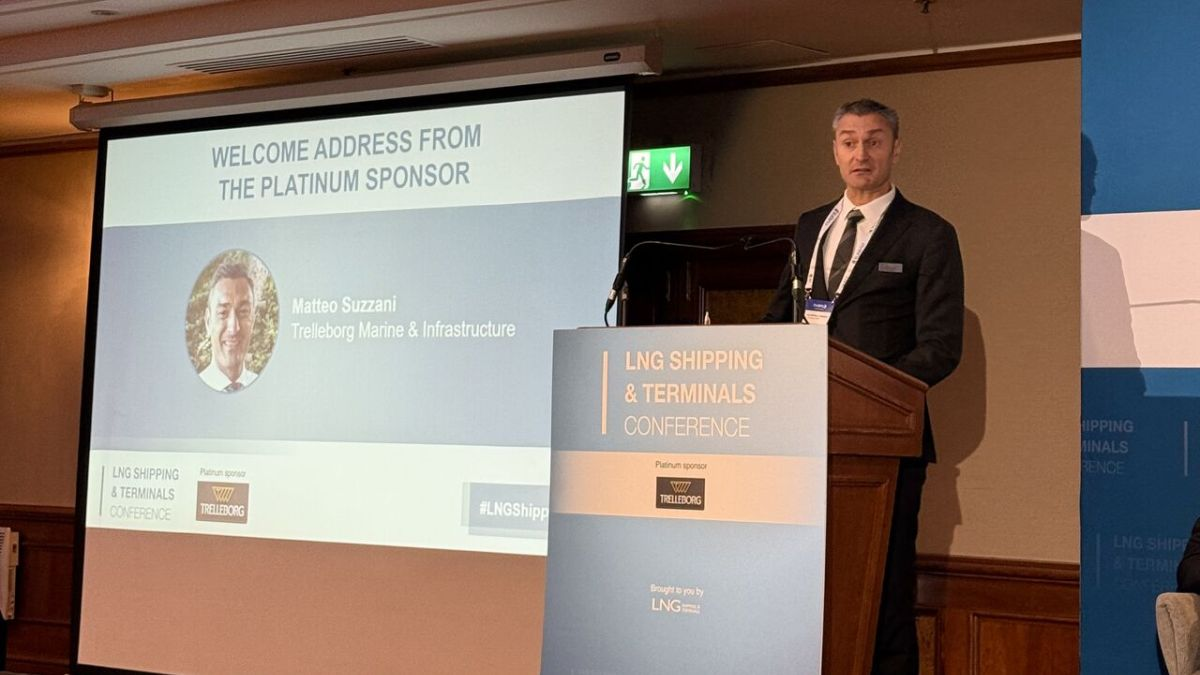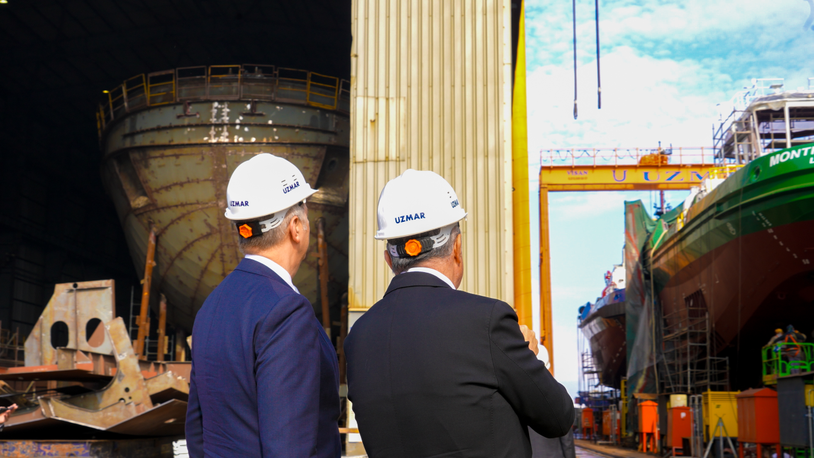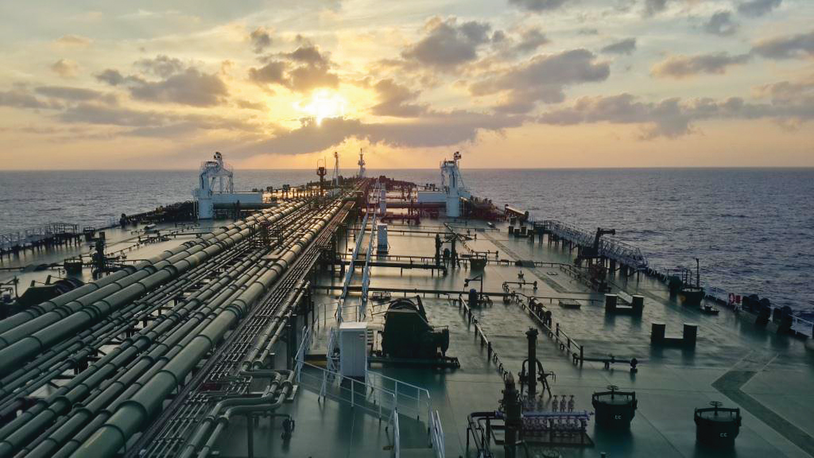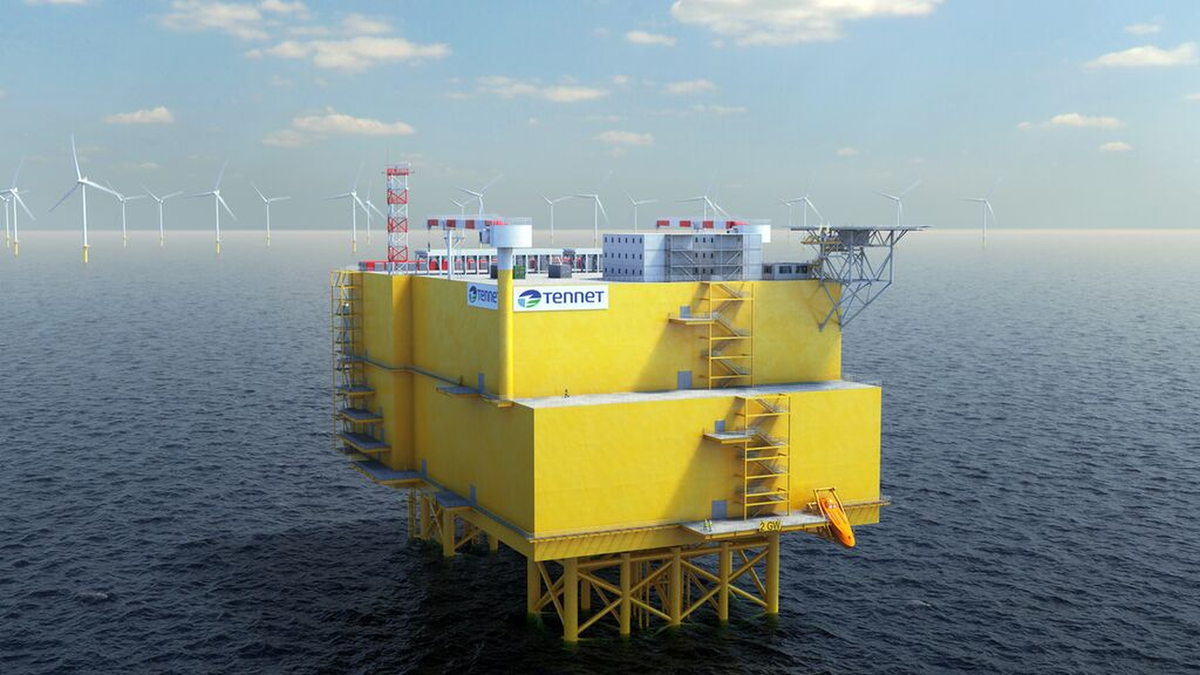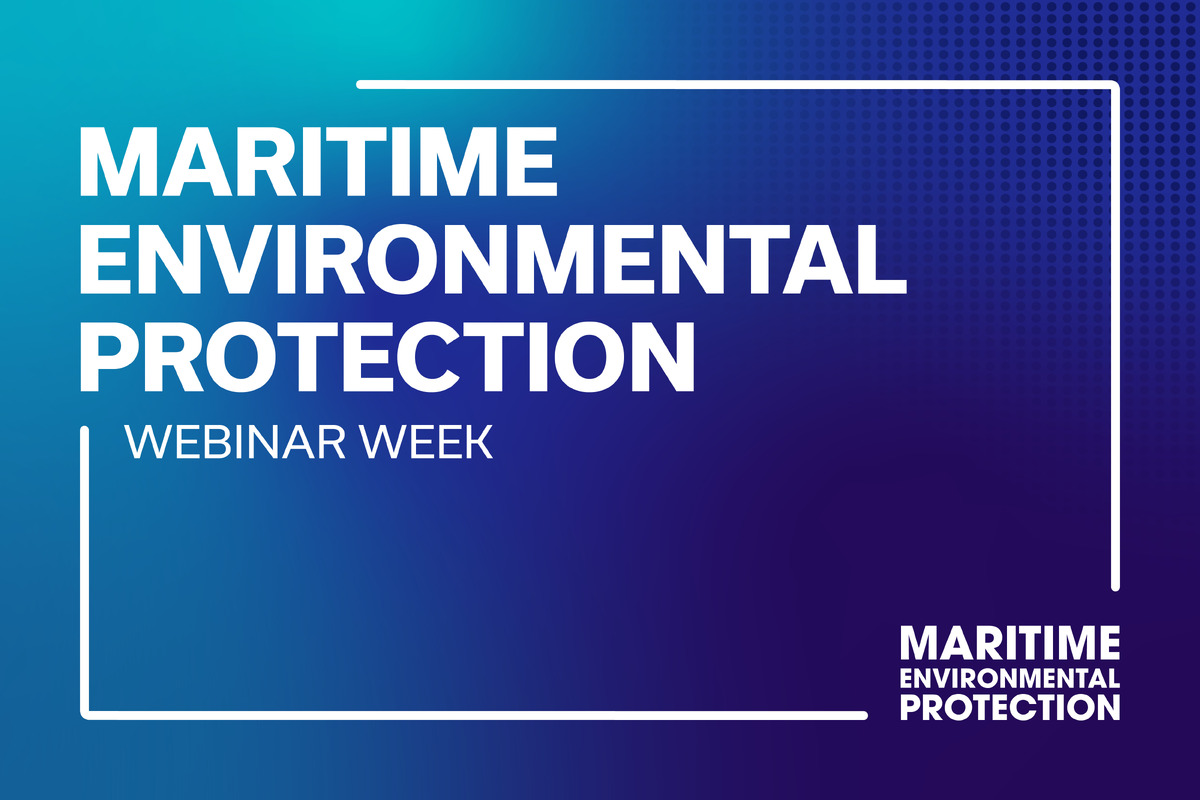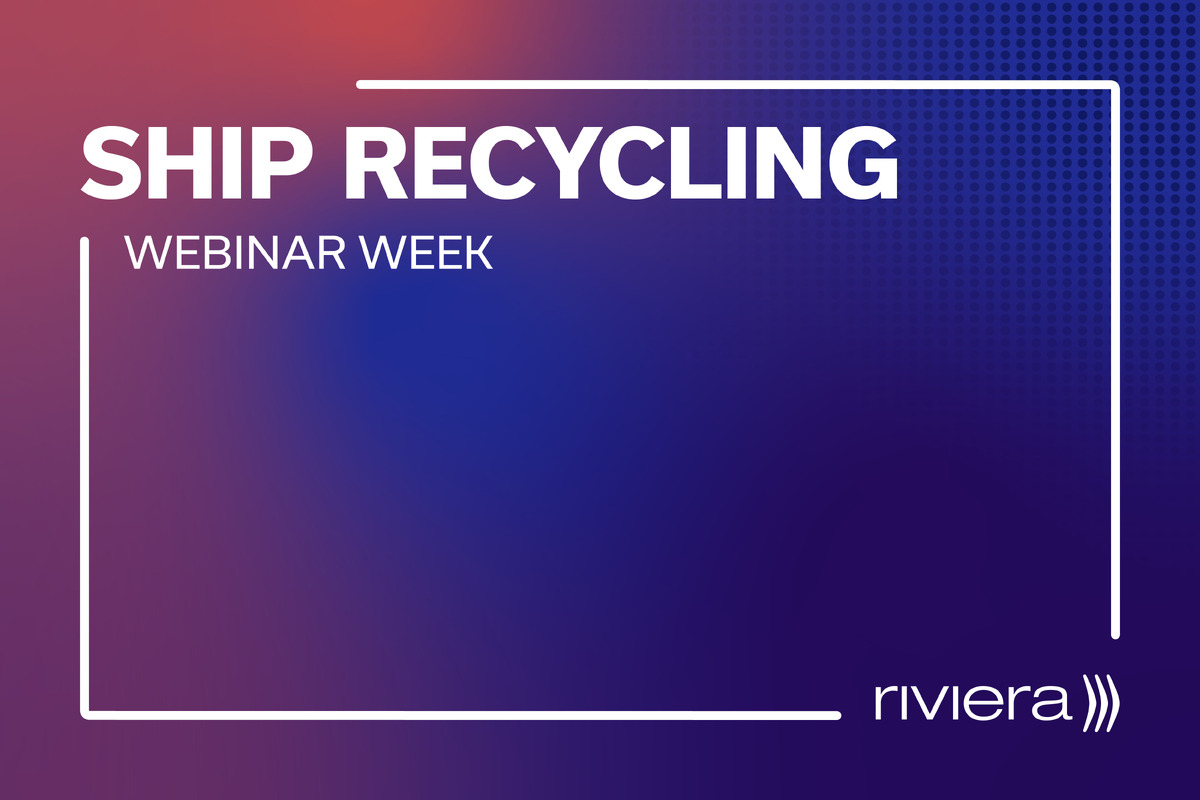Business Sectors
Events
Marine Coatings Webinar Week
Contents
Register to read more articles.
New EU-UK price cap could reduce Greeks' share in Russian crude transport
Greek shipowners’ share in the Russia-linked seaborne oil trade could decline following the introduction of a revised oil price cap by the EU and UK
Among the key elements of the recently announced 18th EU sanctions package is a reduction in the oil price cap for Russian crude exports. The EU lowered the cap from US$60.00 to US$47.60 per barrel, aligning it with current market prices. It also introduced an automatic, dynamic mechanism to adjust the cap regularly, ensuring it remains 15% below the six-month average market price for Urals crude.
The UK swiftly followed suit, adopting the same cap level. However, the United States has yet to endorse the revised cap, which, according to Signal Ocean, limits its global enforceability – particularly given oil’s dollar-based trade and US-controlled payment systems.
Greek share in the trade
Greek shipowners have played a leading role in transporting Russian oil since the onset of the war in Ukraine, consistently stating their operations are conducted in full compliance with applicable sanctions and price cap rules.
According to Kpler data shared with Riviera, between 1 January and 27 July 2025, an estimated 1.53Bn barrels of Russia-linked seaborne oil and petroleum products were transported via 4,316 liftings and 1,244 unique tankers.
Greek-beneficially owned vessels moved approximately 532.7M barrels during that period, accounting for 34% of total volumes. These vessels also represented 30% of the liftings and 31% of the participating fleet. Greek involvement was particularly strong in the transport of fuel oil and diesel, comprising roughly 51% and 41% of those volumes respectively, while their share in crude oil stood at around 33%.
Price cap could shift strategies
This significant Greek presence may be challenged under the new measures.
Kpler senior risk and compliance analyst Dimitris Ampatzidis told Riviera beyond the downward revision of the price cap, the latest sanctions also impose stricter limitations on access to Western maritime services. He noted unless Urals crude trades sustainably below the new cap, the market may see a shift toward more opaque or third-country ownership structures, thereby reducing Greek participation.
Mr Ampatzidis added, based on Kpler’s tracking, sanctioned or shadow tonnage accounted for about 25% of Russian crude tonne-miles in 2024. Following recent relocations of ship-to-ship activity after Greek enforcement, Kpler expects the Greek-owned share to ease into the low 20% range by late 2025 – if crude prices remain above the new cap.
Conversely, if prices fall below the cap, Greek participation could rebound to around 30–35%, as evidenced in April 2025, when Greek managers lifted 15 of 25 Urals cargoes, Mr Ampatzidis explained.
Aframaxes and LR2s stand to lose
In its latest weekly report, BRS Shipbrokers highlighted the new price cap mechanism is likely to reduce the ability of mainstream crude tankers – primarily Aframaxes – to carry Russian barrels in a compliant manner.
According to BRS data from early June, 43% of Russian crude tanker fixtures were still being handled by mainstream (non-grey) vessels. Combined with a wave of upcoming LR2 newbuilding deliveries – many of which are expected to eventually shift to the dirty trade – this points to challenging times ahead for earnings on mainstream Aframax and LR2 routes.
“It is worth noting that despite a volley of sanctions, Russian crude and product exports have remained relatively steady since the war with Ukraine.
What does vary, however, is whether these exports are carried by mainstream or grey tankers,” BRS added.
Sign up for Riviera’s series of technical and operational webinars and conferences:
- Register to attend by visiting our events page.
- Watch recordings from all of our webinars in the webinar library.
Related to this Story
Events
Marine Coatings Webinar Week
Maritime Environmental Protection Webinar Week
Ship Recycling Webinar Week
© 2024 Riviera Maritime Media Ltd.

